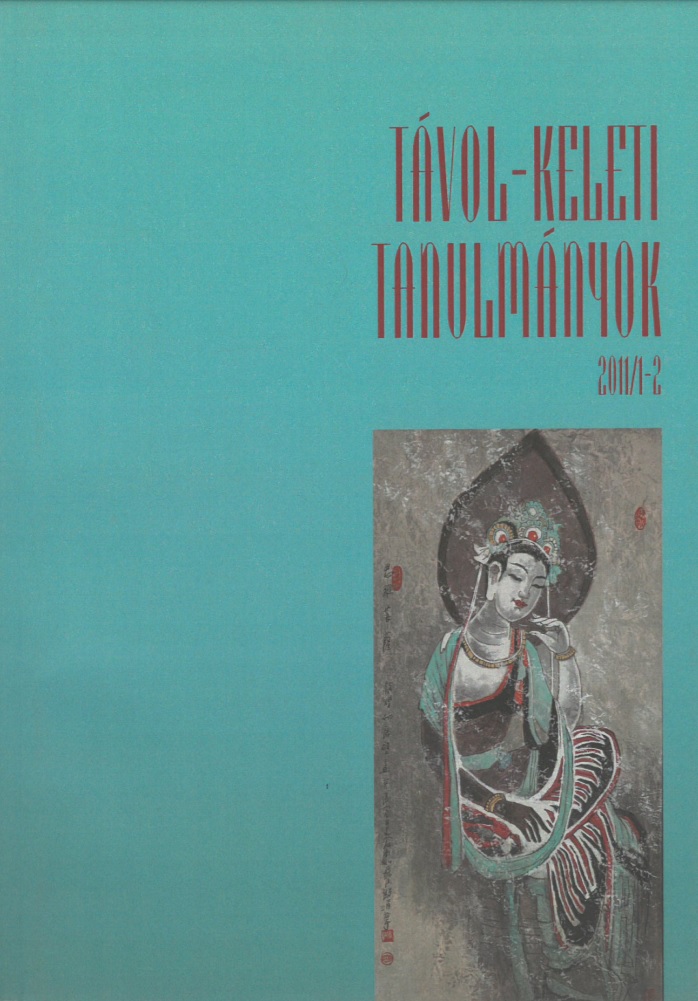Published 2013-09-03
How to Cite
Copyright (c) 2013 the author(s)

This work is licensed under a Creative Commons Attribution-NonCommercial 4.0 International License.
Abstract
Cagaan Öwgön, the “White Old Man”, is a popular deity/spirit among Mongolian ethnic groups. He embodies phenomena of the natural environment and he is venerated as the deity responsible for the fertility of living beings. But Cagaan Öwgön also has a comic side which can be observed in the Buddhist Cam-rituals. The Mongolian concept of the deity originates from pre-Buddhist religious views, but it was considerably influenced by the East-Asian context of similar phenomena which significantly modified the native mythological and religious notions. In the present paper some phenomena of East-Asian mythologies are surveyed in order to demonstrate the possible connections of the Mongolian concept. The Chinese and related Japanese and Korean Buddhist, Taoist and folk religious pantheons offer a series of deities that could be paralleled with the White Old Man of the Mongols: Daoist sages, the Star God and the Deity of Longevity, deities of the mountains, the Buddhist deity of luck and fortune or various Arhats, etc. A comparative study of the figure of the White Old Man might bring new light on the concept of old age in mythology and the communities of Inner and East Asian ethnic groups.
